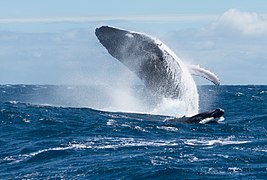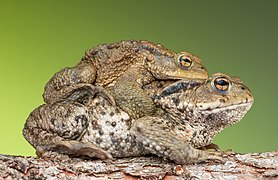Hoamseitn
|
Hawedeare af |
Taxón Navigazión
|
Wikispecies éntdégga
Zåmmorwad mid ZooKeys A Zåmmorwad zwischen Wikispecies und ZooKeys is åhkindigt worn. Mid PhytoKeys gibts dé gleich' Vaeihboarung. Bideln voh ZooKeys und PhytoKeys wern af Wikimedia Commons afféglon und in Wikispecies gnuzt. A bsundarer Autor José Vicente Barbosa du Bocage A Portugiasischer Zóológ und Bólitiker. Er wor da Kurator fir Zóológie am Naturhistoarischen Museum auf Lissabon. Dé Zóológiesåmmlung am Lissaboner Museum is nooch eam "Bocage-Museum" gnånnt. Er hod 200 taxónómische Fluugschriften iwer Spåhviicher, Végel und Fiisch vafosst. Anno 1880 is a Marineminister und spoder Aussenminister worn. Er hod aa'ran Hauffer Oarten sejwer entdéggt. |
Species of the monthSociable LapwingVanellus gregarius (Pallas, 1771) Some facts about this bird: Head and body length: 27–30 cm. Wingspan: 70–76 cm. Weigth: 150–260 grams. Habitat: Breeds in steppes. Prefers sandy short grass plains and meadows during non-breeding season. Distribution: Breeds in northern and central Kazakhstan and south-central Russia. Diet: Chiefly feeds on insects. Surviving number: Estimated at 11,000. Conservation status: Critically Endangered (IUCN 3.1 [2024-2]) First described: By the German zoologist and botanist Peter Simon Pallas in 1771 as Charadrius gregarius.
See also: Species of previous months |
|
|










